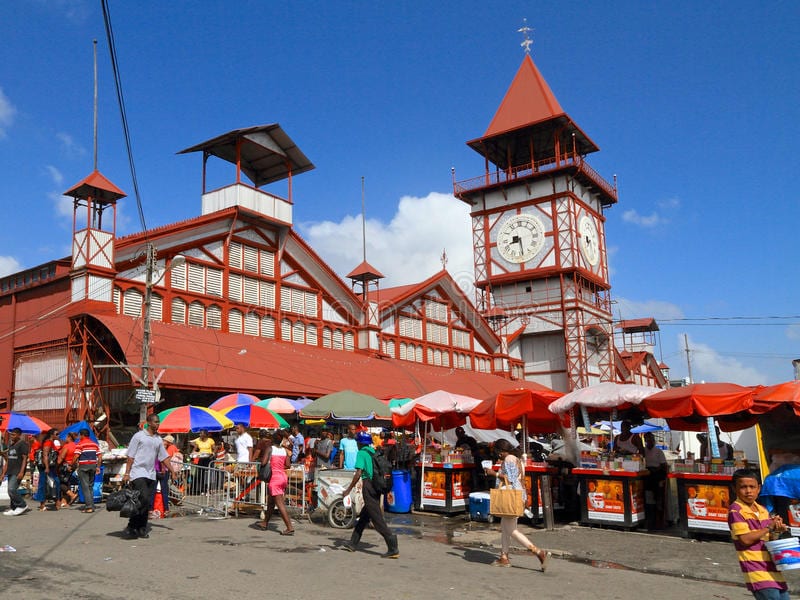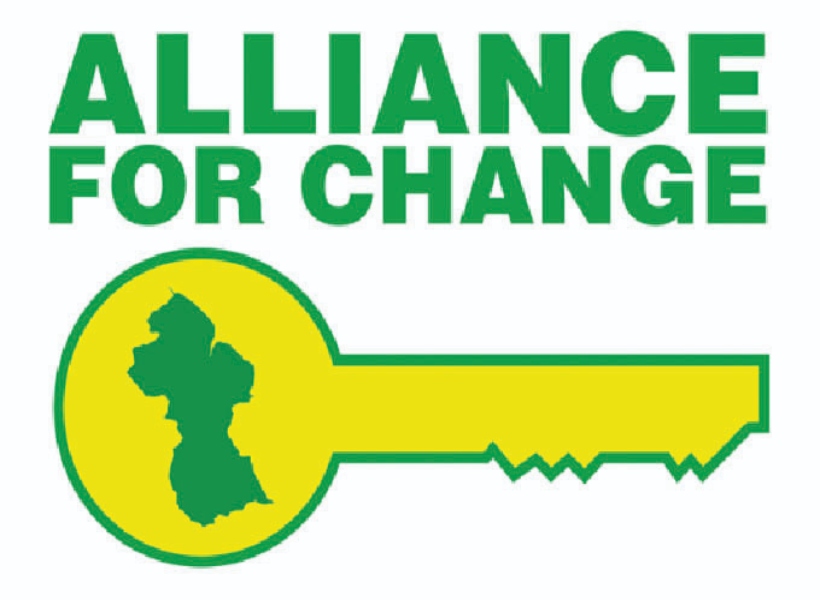In 2021, Guyana exported over $2.5B worth of coconut and coconut byproducts. This represents a $600 million increase when compared to the $1.9B that was exported in 2020.
According to the Ministry of Agriculture, revenue from virgin coconut oil exports accounted for some $685M while export earnings for dry coconut stood at $1.8B.
The increase in revenue is said to be a direct reflection of investments the government has made in the sector.
In 2021 for example, the Ministry of Agriculture’s Hope Coconut Industries Limited (HCIL), formally known as Hope Estate, established four additional coconut seedling nurseries. These nurseries were established in Wakenaam, Leguan, Canal Number Two, and Benab (Corentyne).
With the establishment of the additional seedling nurseries, HCIL now has the capacity to produce approximately 48,000 quality coconut seedlings per annum.
While speaking on the sector’s performance over the past year, Agriculture Minister Zulfikar Mustapha said that the additional facilities would enable HCIL to provide more quality seedlings to farmers, thus improving the industry’s production capabilities.
“Now that we have these additional nurseries established, we are in a better position to provide the kind of planting materials needed to improve Guyana’s coconut industry. This year, Hope Estate was able to produce over 33,000 seedlings which represents a significant improvement when compared to last year when only 4,905 seedlings were produced. This shows that the investments being made by the government are resulting in the kinds of transformative outcomes we need to drive the sector forward,” Minister Mustapha said.
HCIL’s end-of-year report also indicated that some 115 new farmers began planting, with 1,845 acres of new coconut acreage being cultivated.
HCIL also collaborated with the National Agriculture Research and Extension Institute (NAREI) and was able to coordinate the establishment of additional farmers’ groups, thus making addressing farmers’ issues as well as the distribution of inputs more effective. To date, there are 50 established farmers groups in Regions Two, Three, Four, Five, Six, and Ten.











